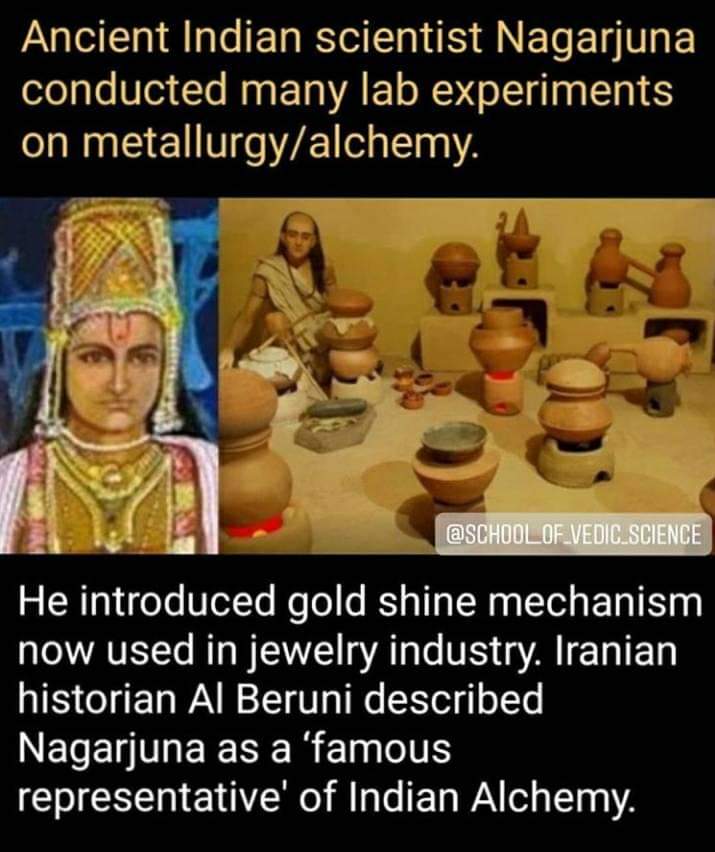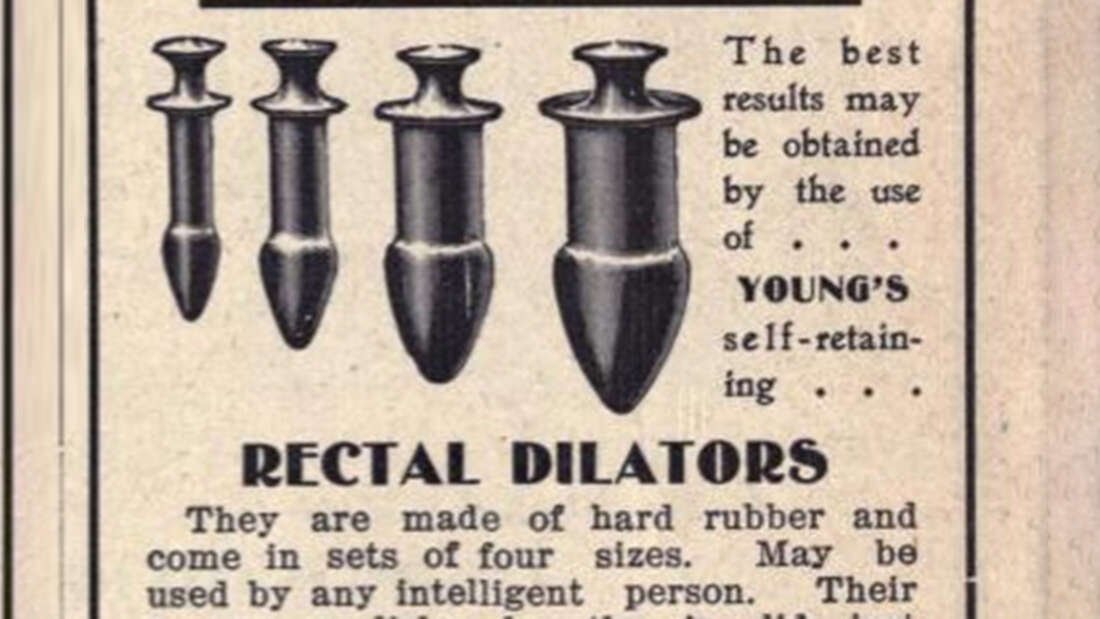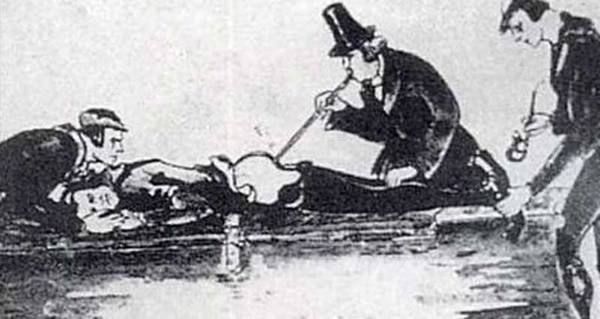
“Creative intensity” is the rate at which products or services go stale and new ones must be created. It is the key factor in predicting the future of marketplaces.
On the left, the marketplace model will ultimately go extinct. On the right, it will persist.
A thread 🧵👇
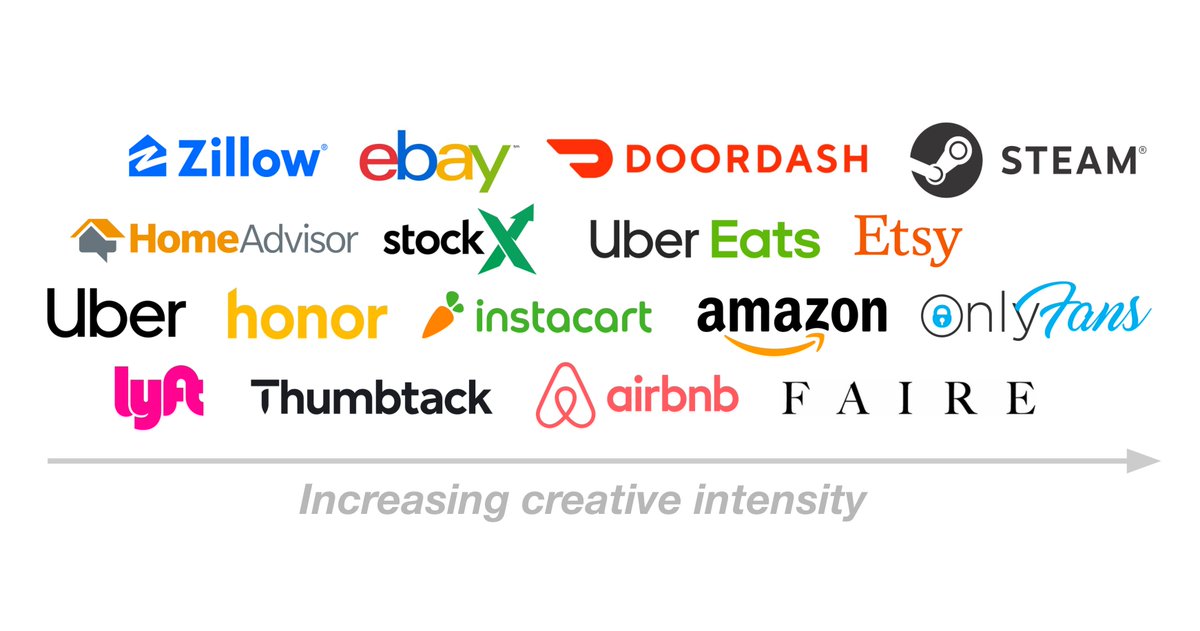

Does that mean that marketplaces are just an intermediary step as an industry transitions from many independent suppliers to consolidated super-suppliers?
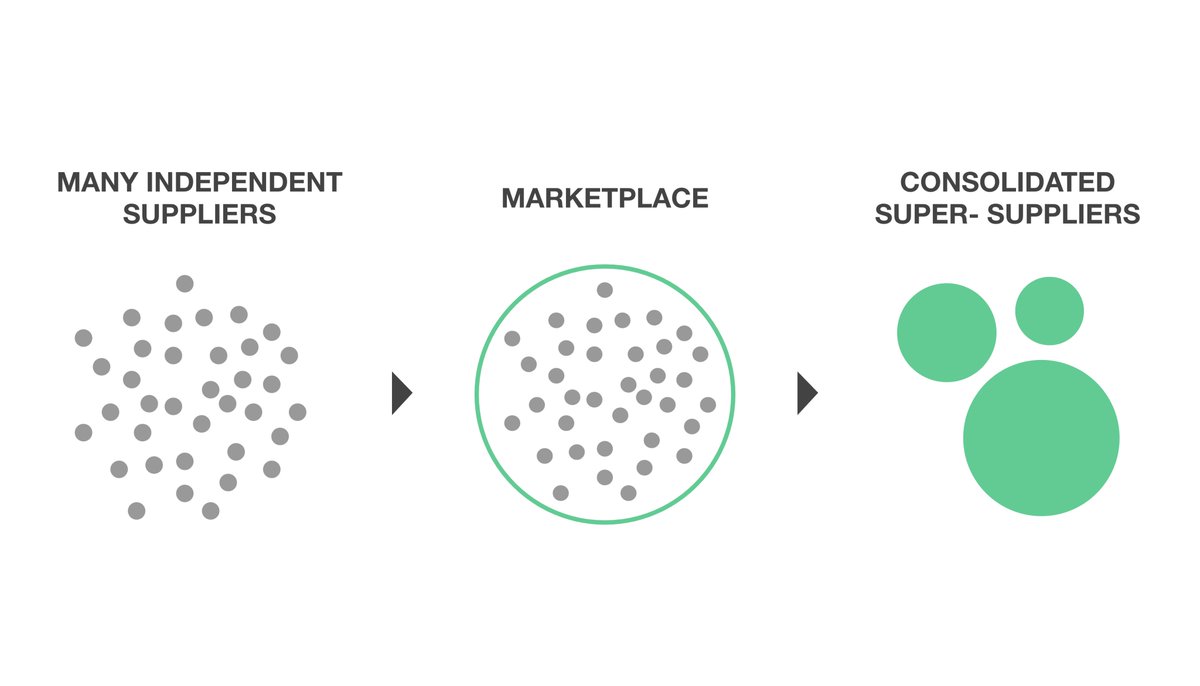
🤝 Coordination: making the product or service legible (categorizing, pricing), matching buyers and sellers, establishing trust
💸 Capital: the full cost and risk of doing business
💡Creativity: figuring out what to sell in the first place
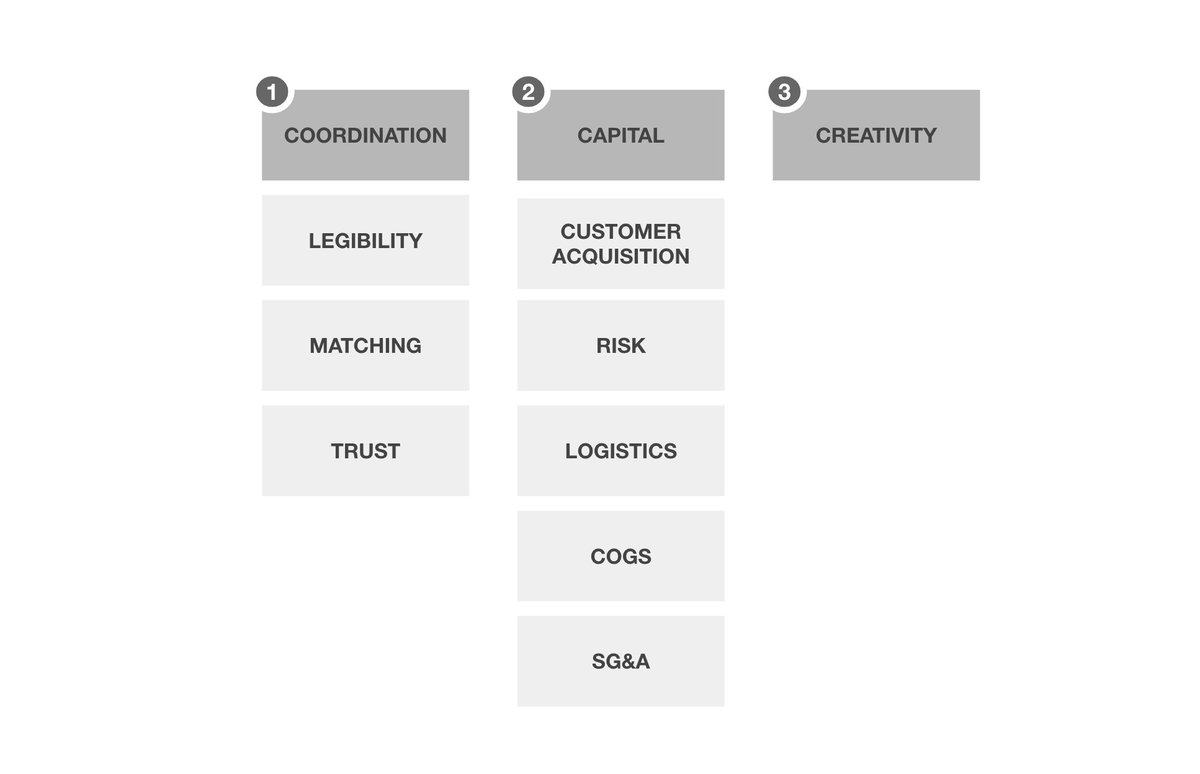
https://t.co/ivo1G133cq
Vertically integrated "super suppliers" do everything. e.g. you can call Clutter a marketplace, but they're really a big, tech-enabled service provider.
When a new marketplace model overtakes an old one, it is usually because they have taken on a new job that their suppliers used to do, and improved the customer experience:
Let's look at a few examples:
eBay left a gap on trust that both GOAT and StockX exploited with their verification programs and money-back guarantees for collector sneakers.
@sarahtavel describes this here:
https://t.co/qqdD1hWTiM
Historically, local services marketplaces made intros and asked buyers/sellers to price the job.
With their Instant Match product, Thumbtack is automating price discovery and letting customer see prices in real time based on preferences, making it easier to hire.
Retailers previously relied on sales reps to help them understand what to buy wholesale.
With access to more data, Faire is able to go a step farther and underwrite the transaction, offering net terms and free returns every time a retailer orders from a new brand.
Marketplaces are increasingly reaching farther into the supplier cost structure.
By taking on responsibility for delivery, Doordash improved the customer experience and expanded the restaurants they could bring onto the marketplace relative to Grubhub.
This is the process of suppliers envisioning new products and services to sell.
There are zero examples of marketplace figuring how to do this.
Even private label programs like Amazon Basics are just copying the "real" creators on the marketplace.
Why is this?
Big companies are pretty good at solving capital and coordination problems, but terrible at innovation.
They're going to get worse at this as they scale, not better.
They are optimization problems which benefit from more data and better ability to parse it, and we all know how that is going.
As @peteflint has noted, this means marketplaces will increasingly become fintechs and provide financing, banking, and insurance.
https://t.co/jIfXMAVQck
It's one of the reasons @benthompson said Doordash was "playing on hard mode"
https://t.co/HOCa08yutd
HomeAdvisor didn’t try to vertically integrate their moving category until Clutter did it.
(1) Marketplaces figure out how to take these costs in-house themselves; or
(2) They integrate with a 3rd party, like Doordash white label logistics or Stripe Capital, which is essentially "Risk as a Service"
https://t.co/z41meCPtHz
Mundane though it sounds, access to capital is the primary bottleneck that limits the growth and expansion of most small businesses.
— Patrick Collison (@patrickc) December 1, 2020
So we built Capital for platforms: https://t.co/3BvZhCz9Bo. Help *your* customers grow faster by using our lending infrastructure. pic.twitter.com/z7xxfM9GFD
Some industries have high creative intensity (media, art, new consumer products).
Some have low creative intensity (transportation, services, goods re-sale).
In ride sharing, as soon as full autonomy arrives the industry will flip to super-suppliers that handle the end-to-end customer experience, not marketplaces.
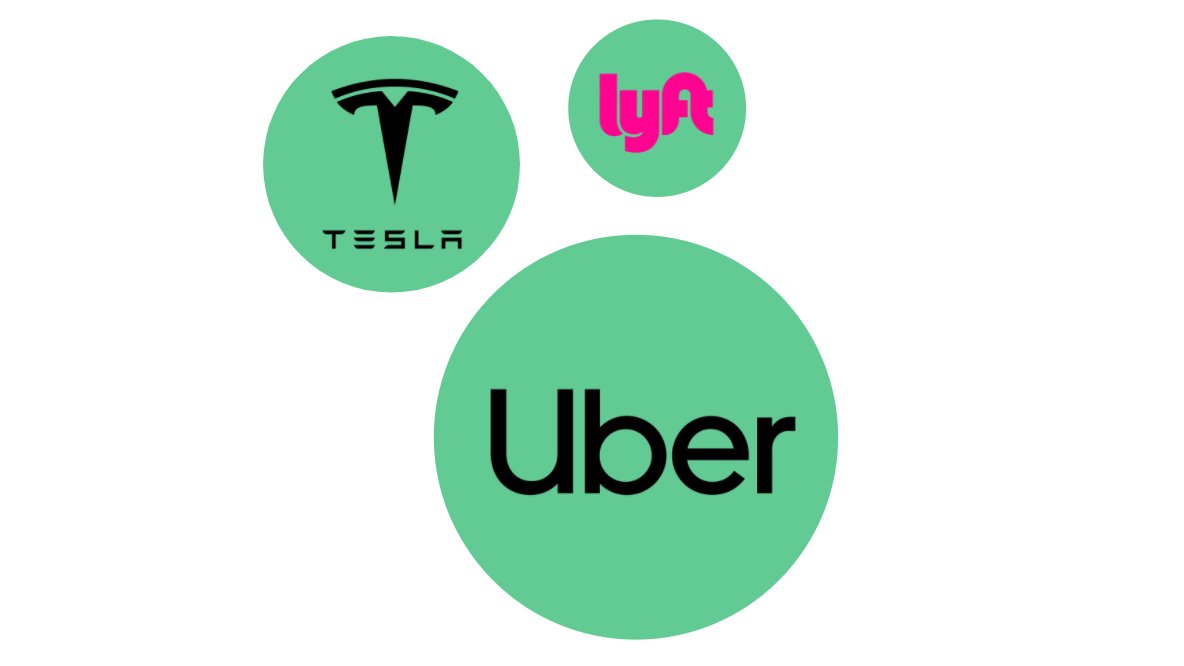
In video games, Steam's $5B+ indie game marketplace will be able to co-exist alongside the large game studios in the long term. No centralized company will figure out how to generate the diversity of creative expression required on their own.
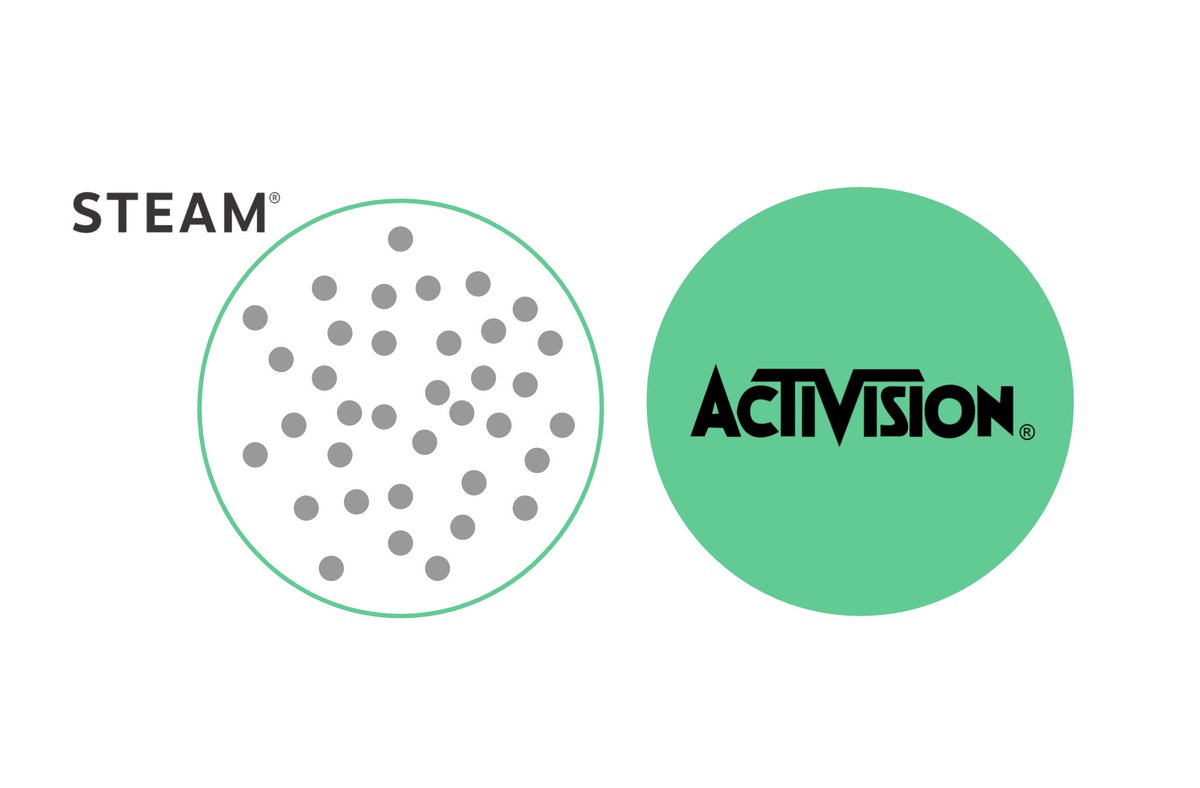
https://t.co/HNz4Esqufa
You May Also Like
There are many strategies in market 📉and it's possible to get monthly 4% return consistently if you master 💪in one strategy .
One of those strategies which I like is Iron Fly✈️
Few important points on Iron fly stategy
This is fixed loss🔴 defined stategy ,so you are aware of your losses . You know your risk ⚠️and breakeven points to exit the positions.
Risk is defined , so at psychological🧠 level you are at peace🙋♀️
How to implement
1. Should be done on Tuesday or Wednesday for next week expiry after 1-2 pm
2. Take view of the market ,looking at daily chart
3. Then do weekly iron fly.
4. No need to hold this till expiry day .
5.Exit it one day before expiry or when you see more than 2% within the week.
5. High vix is preferred for iron fly
6. Can be executed with less capital of 3-5 lakhs .
https://t.co/MYDgWkjYo8 have R:2R so over all it should be good.
8. If you are able to get 6% return monthly ,it means close to 100% return on your capital per annum.
One of those strategies which I like is Iron Fly✈️
Few important points on Iron fly stategy
This is fixed loss🔴 defined stategy ,so you are aware of your losses . You know your risk ⚠️and breakeven points to exit the positions.
Risk is defined , so at psychological🧠 level you are at peace🙋♀️
How to implement
1. Should be done on Tuesday or Wednesday for next week expiry after 1-2 pm
2. Take view of the market ,looking at daily chart
3. Then do weekly iron fly.
4. No need to hold this till expiry day .
5.Exit it one day before expiry or when you see more than 2% within the week.
5. High vix is preferred for iron fly
6. Can be executed with less capital of 3-5 lakhs .
https://t.co/MYDgWkjYo8 have R:2R so over all it should be good.
8. If you are able to get 6% return monthly ,it means close to 100% return on your capital per annum.








